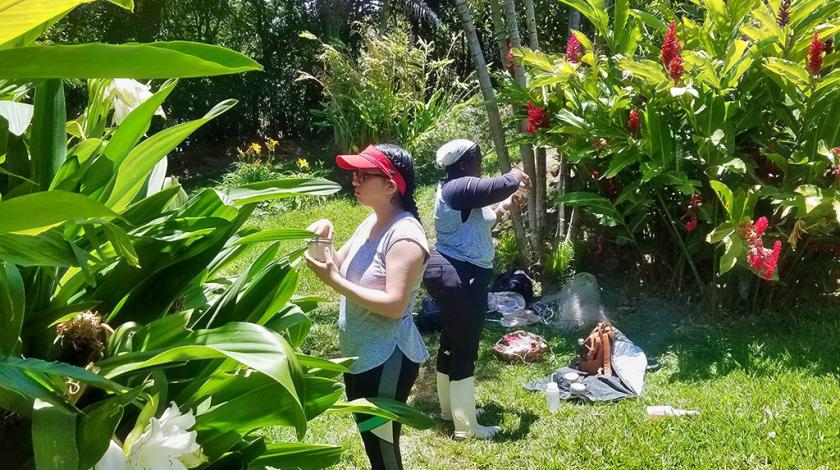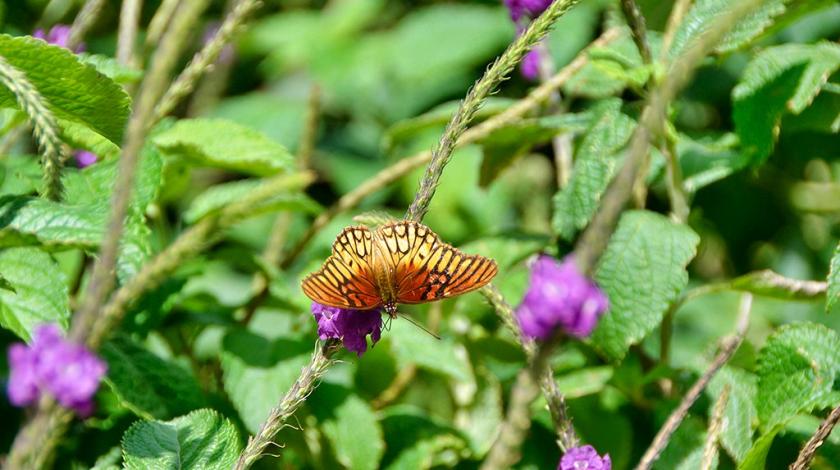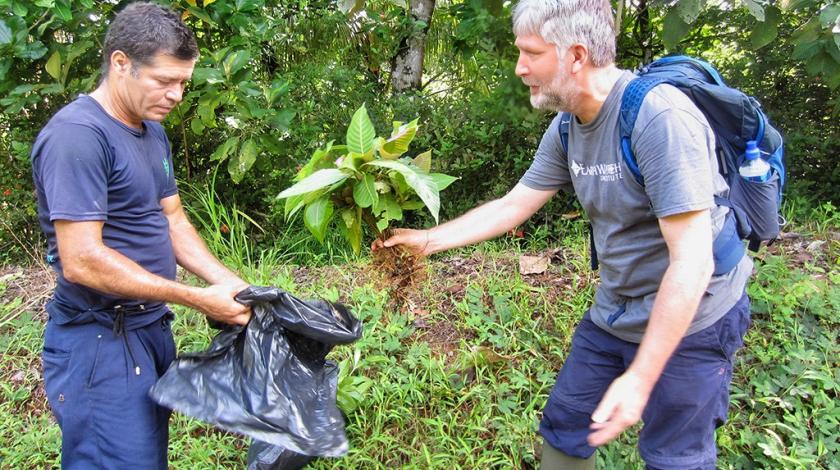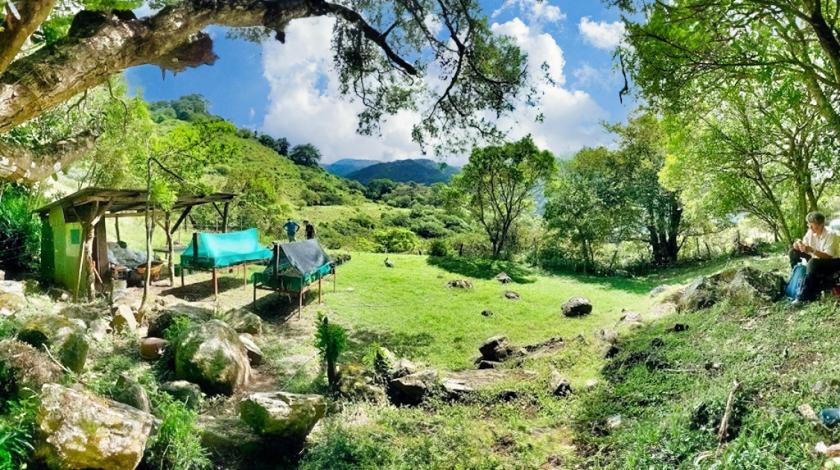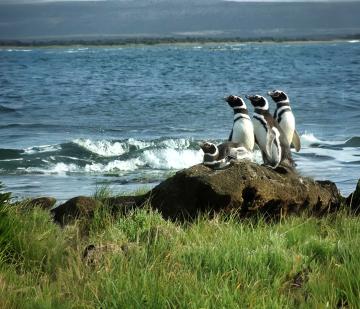BOOK WITH A $500 DEPOSIT
Conserving Wild Bees and Other Pollinators of Costa Rica

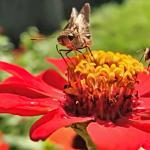
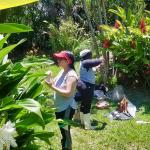

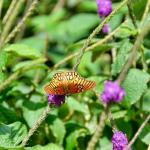
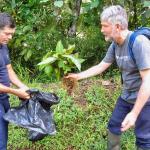

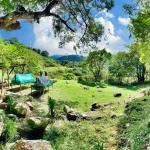
Costa Rica is home to over 400 species of native wild bees and about 50 species of hummingbirds. But habitat loss, pesticide use, and climate change threaten the health and survival of pollinators around the world. How can we better protect these important species?
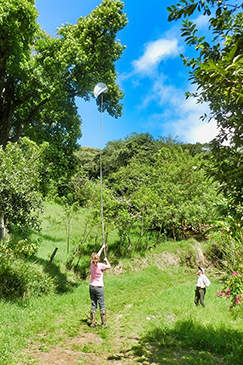 More than three-quarters of the world’s crops depend on pollinators such as bees, butterflies, and hummingbirds. These animals provide essential ecosystem services and play a crucial role in producing many fruits and vegetables. But, a changing climate, pesticide use, and habitat loss or degradation threaten pollinator communities, although the full impact of these threats is not well understood. For example, warming temperatures could force pollinator species to shift their ranges to higher elevations, which could impact agricultural production, or it could be that a changing climate will cause these species to disappear altogether.
More than three-quarters of the world’s crops depend on pollinators such as bees, butterflies, and hummingbirds. These animals provide essential ecosystem services and play a crucial role in producing many fruits and vegetables. But, a changing climate, pesticide use, and habitat loss or degradation threaten pollinator communities, although the full impact of these threats is not well understood. For example, warming temperatures could force pollinator species to shift their ranges to higher elevations, which could impact agricultural production, or it could be that a changing climate will cause these species to disappear altogether.
One way to mitigate the effects of climate change is by planting “agroforests”—or forests that grow in pastures around or among crops—that could benefit pollinator communities. As part of this expedition, you will meet local farmers and learn about their farms and farming techniques. Additionally, you will help set up experimental biodiversity islands within pasture areas, which could help pollinator communities and demonstrate to farmers how planting additional plant species can simultaneously protect biodiversity and ecosystem function and provide livelihoods for low-income families in the region.
In the rugged tropical forests of the Monteverde Cloud Forest Reserve or the lower elevation site of San Luis de Monteverde, home to one of the world’s most endangered ecosystems, the tropical dry forest, you will join the research team to investigate how threats to bees and butterflies will affect the critical pollination services they provide.
.
A Typical Itinerary
- Day 1: Arrival, introductions, travel to accommodations
- Days 2–4: Collecting, surveying, and observing pollinators
- Days 5–6: Planting shrubs and trees in experimental biodiversity islands, weather permitting
- Day 7: Team departs (volunteers on second week arrive, itinerary repeats)
You have the option to join the expedition for two weeks.
.
.
HOW YOU WILL HELP
.

COLLECT AND OBSERVE BEES
Travel to experimental restoration plots or home gardens on family farms. Observe all flowering plant species in the assigned area and hand collect or aerial net the bees visiting flowering plants. Plant species will be identified using the INaturalist App, and bees will be exported from Costa Rica so they can be identified in a lab.

PLANT TREES
Create a tree nursery. Plant trees in pastures to begin the process of planting biodiversity islands to test an assisted restoration strategy for recovering bees/protecting bees in human-managed landscapes.

OBSERVE SQUASH OR PUMPKIN PLANTS
Observe and count pollinator visits to these and nearby plants at the different stations where they are set up.
.
Field conditions and research needs can lead to changes in the itinerary and activities. We appreciate your cooperation and understanding.
.
.
FEEDBACK & QUESTIONS
.
11 Reviews on this Expedition
GET EARTHWATCH NEWSLETTER
Bi-weekly announcements, new expeditions, and updates on our impact around the globe.

